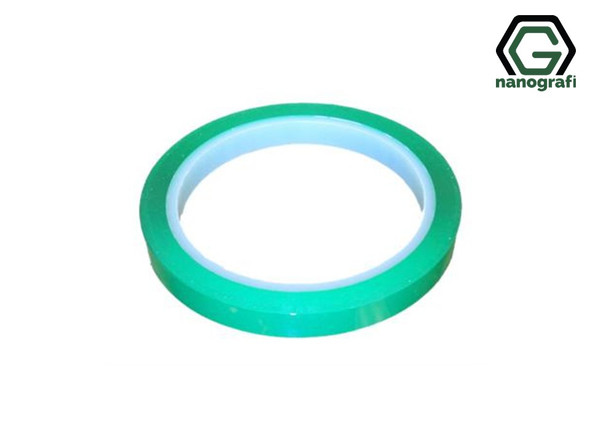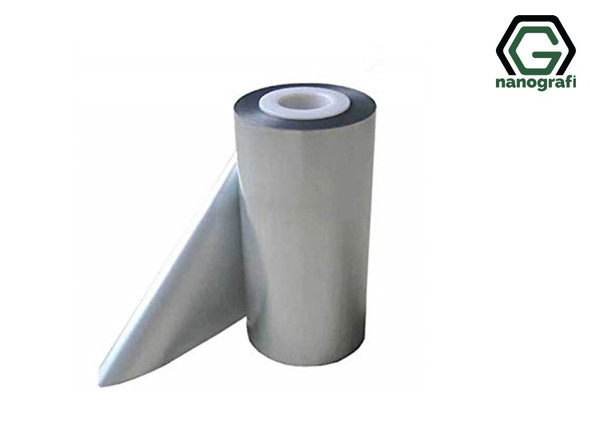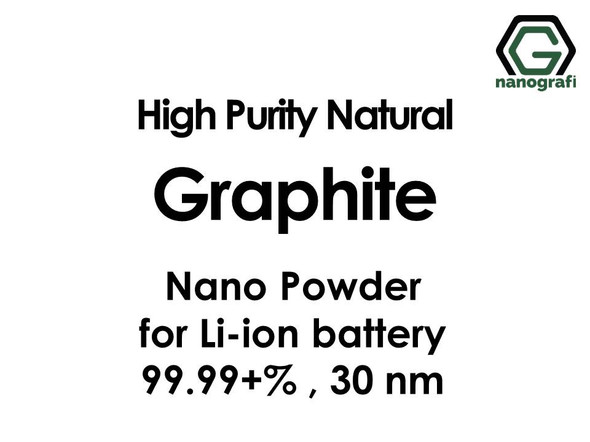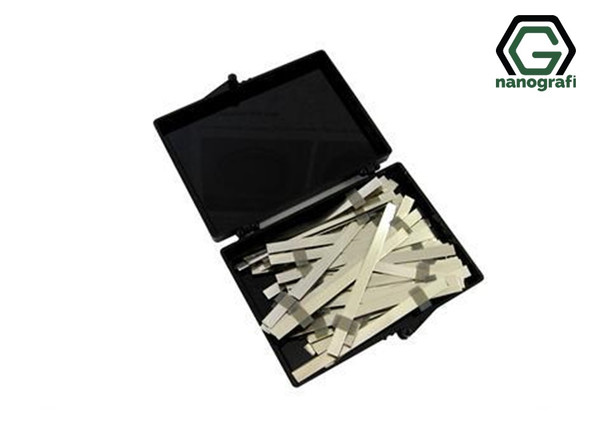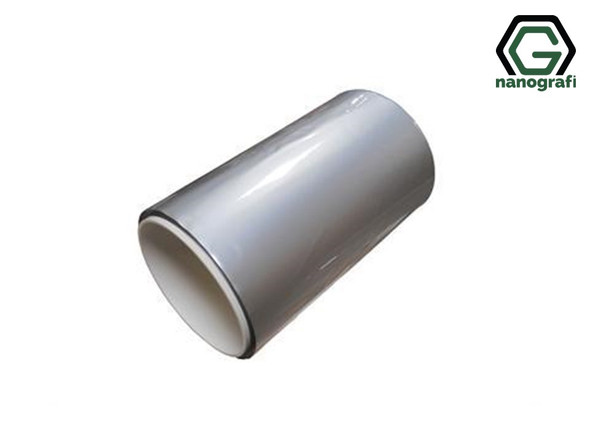Lithium Battery Materials
The Li battery consists in particular of a metallic lithium anode and a sulfur cathode. The main advantage of this battery is the replacement of the mixed oxide of the cathode by sulfur, lighter, more abundant, and therefore inexpensive. Materials that are used in lithium batteries cathode include lithium-metal oxides [such as Li(NixMnyCoz)O2, LiMn2O4, and LiCoO2], olivines (such as LiFePO4), vanadium oxides and rechargeable lithium oxides. The materials that are used in anodes include lithium-alloying materials, graphite, silicon, or intermetallics. Graphite carbon is a form of carbon with a laminated structure. The space between the cathode and the anode is filled with an electrolyte, which is a substance allowing the lithium ions that are carrying the charge of the battery to pass freely from the cathode to the anode. The electrolytes of lithium batteries are polymer, liquid, or solid-state electrolytes. If the electrolyte is a liquid, then a foam separator is used between two electrodes to avoid a short circuit.
- Product
- Qty in Cart
- Quantity
- Price
- Subtotal
-

Silicon Nanowires, Dia: 100-200nm, Length: >10um, Purity: 99%
€1,935.001 gram/1935 € 5 grams/7470 € Product Information Product Name Silicon Nanowires Diameter 100-200nm Length >10um Purity 99% Product...NG10NPW0978€1,935.00 -

Lithium hydroxide monohydrate (Trace Metals basis, LiOH.H2O), Purity: 99.995%
€48.00Product Information Product Name Lithium hydroxide monohydrate (trace metals basis, LiOH.H2O) Purity 99.995% Product No NG10BEW0929 Formula Weight 41.96 Solubility Soluble in...NG10BEW0929€48.00 -

Graphite Fluoride (Carbon Monofluoride) Micron Powder for Li-ion Battery, 10-20 micron, F/C Ratio : 0.8-1.0
€68.00Graphite Fluoride (Carbon Monofluoride) Micron Powder for Li-ion Battery, 10-20 micron, F/C Ratio: 0.8-1.0 5 grams / 68 € 25 grams / 123 € 100 grams / 337 € 500 grams / 1195 € 1000 grams /2060 ...NG04GF0103€68.00 -
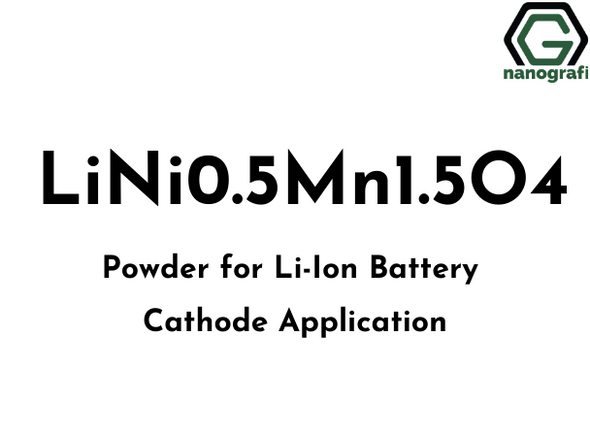
Lithium Nickel Manganese Oxide (LMNO) for Li-Ion Cathode Material, LiNi0.5Mn1.5O4
€73.00Lithium Nickel Manganese Oxide (LMNO) for Li-Ion Cathode Material, LiNi0.5Mn1.5O4 25 grams/73 € 100 grams/120 € 500 grams/230 € 1000...NG08BE1407€73.00 -
Lithium Battery Strapping Tape, Width: 10 mm, Thickness: 0.03 mm, Length: 100 m
€154.001 Roll/154 €3 Rolls/395 €5 Rolls/532 € Please contact us for quotes on larger quantities !!! Lithium Battery Strapping Tape Width: 10 mm, Thickness: 0.03 mm, Length: 100 m Technical...NG04CO08036€154.00 -
High Temperature Teflon Tape for Lithium Battery, Width: 19 mm, Thickness: 0.13 mm, Length: 10 m
€75.001 Roll/75 €3 Rolls/188 €5 Rolls/235 € Please contact us for quotes on larger quantities !!! High Temperature Teflon Tape for Lithium Battery Width: 19 mm, Thickness: 0.13 mm, Length: 10...NG04CO08035€75.00 -
High Temperature Polyimide Tape for Lithium Battery, Width: 10 mm
€63.001 Roll/63 €3 Rolls/155 €5 Rolls/219 € Please contact us for quotes on larger quantities !!! High Temperature Polyimide Tape for Lithium Battery Width: 10 mm Technical...NG04CO08034€63.00 -
Aluminum Laminated Film for Pouch Cell Case
€357.001 Roll/357 €3 Rolls/808 €5 Rolls/1095 € Please contact us for quotes on larger quantities !!! Aluminum Laminated Film for Pouch Cell Case Thickness: 113 μm, Width: 400 mm, Length: 10 m...NG04CO08033€357.00 -
Li-Ion Battery Separator Film, Thickness: 25 μm, Width: 60 mm, Length: 500 m, 1 Roll: 500 m
€363.001 Roll/363 €3 Rolls/975 €5 Rolls/1425 € Please contact us for quotes on larger quantities !!! Li-Ion Battery Separator Film Thickness: 25 μm, Width: 60 mm, Length: 500 m, 1 Roll: 500 m Technical...NG04CO08032€363.00 -
Aluminum Tab for Pouch Li-ion Cell, Width: 4 mm, Length: 57 mm
€160.00100 pcs/160 €250 pcs/332 €500 pcs/594 € Please contact us for quotes on larger quantities !!! Aluminum Tab for Pouch Li-ion Cell Width: 4 mm, Length: 57 mm Technical Properties: Purity Aluminum 99...NG04CO08031€160.00 -
Conductive Acetylene Black for Li-ion Battery Anode/Cathode
€75.0050 grams/75 €100 grams/138 € Please contact us for quotes on larger quantities !!! Conductive Acetylene Black for Li-ion Battery Anode/Cathode Particle Size: 35~40 nm Technical Properties: Apparent...NG04CO08030€75.00 -
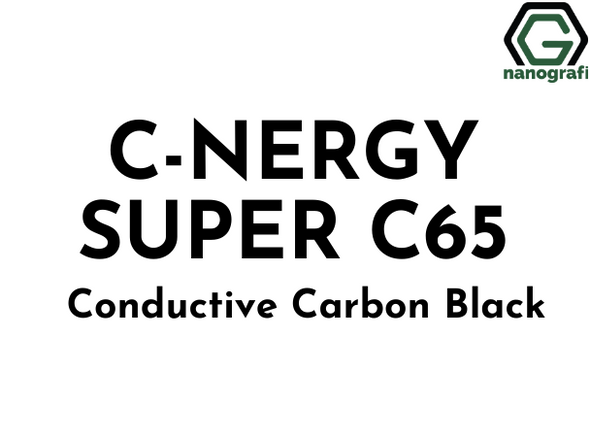
C-NERGY SUPER C65 Conductive Carbon Black
€56.0080 grams/56 €160 grams/102 € Please contact us for quotes on larger quantities !!! C-NERGY SUPER C65 Conductive Carbon Black Key Benefits: - Proprietary production process resulting in the unique combination of high...NG04CO08029€56.00 -

C-NERGY Super P Conductive Carbon Black, 1 bag: 40 g
€35.001 bag/35 €3 bags/93 €5 bags/123 € Please contact us for quotes on larger quantities !!! C-NERGY Super PLi Conductive Carbon Black 1 bag: 40 g C-NERGY™ conductive carbon blacks meet the highest...NG04CO08028€35.00 -
N-Methyl-2-Pyrrolidone (NMP) Solvent for Lithium Battery Cathode Materials, Purity: 99.90%
€119.00100 ml/119 €250 ml/205 € 500 ml/344 €1000 ml/494 € Please contact us for quotes on larger quantities !!! N-Methyl-2-Pyrrolidone (NMP) Solvent for Lithium Battery Cathode Materials Purity: 99.90% Technical...NG04CO08027€119.00 -
POPULAR
![PTFE Nanopowder/Nanoparticles [Polytetrafluoroethylene, (C2F4)n)], Purity: 99.9% PTFE Nanopowder/Nanoparticles [Polytetrafluoroethylene, (C2F4)n)], Purity: 99.9%](https://cdn11.bigcommerce.com/s-wepv6/images/stencil/590x590/products/2806/2745/ptfe__44837.1556097997.jpg?c=2)
PTFE Nanopowder/Nanoparticles [Polytetrafluoroethylene, (C2F4)n)], Purity: 99.9%
€17.005 grams/17 € 25 grams/34 € 100 grams/83 € ...NG04CO08013€17.00 -
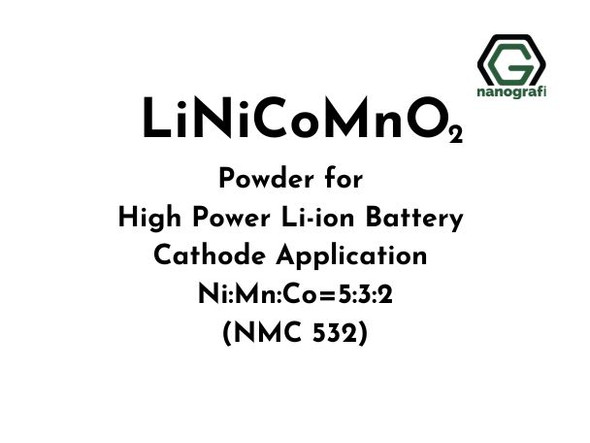
Lithium Nickel Manganese Cobalt Oxide (LiNiCoMnO2) Powder for High Power Li-ion Battery Cathode Application, (Ni:Mn:Co=5:3:2) NMC 532
€60.00100 grams/60 € 500 grams/248 € 1000 grams/432 € Please contact us...NG08BE1406€60.00 -
Lithium Iron Phosphate (LiFePO4) Powder for Li-ion Battery Cathode Application
€69.00100 grams/69 € 500 grams/173 € 1000 grams/244 € Please contact us...NG08BE1404€69.00 -
Lithium Manganese Oxide (LiMn2O4) Powder for Li-ion Battery Cathode Application
€44.00100 grams/44 € 500 grams/123 € 1000 grams/209 € Please contact us...NG08BE1403€44.00 -
Lithium Cobalt Oxide (LiCoO2) Powder for Li-ion Battery Cathode Application
€68.00100 grams/68 € 500 grams/245 € 1000 grams/367 € Please contact us for quotes on...NG08BE1402€68.00 -
High-Performance Copper Foil Rolls for Lithium Ion Battery, Size: 25 µm
€544.001 roll/544 €5 rolls/2482 € Please contact us for quotes on larger quantities !!! High-Performance Copper Foil Rolls for Lithium Ion Battery Size: 25 µm, 1 Roll: 2500 grams Technical...NG08BE03012€544.00 -
High-Performance Copper Foil Rolls for Lithium Ion Battery, Size: 10 µm
€494.001 roll/494 €5 rolls/2175 € Please contact us for quotes on larger quantities !!! High-Performance Copper Foil Rolls for Lithium Ion Battery Size: 10 µm, 1 Roll: 2500 grams Technical...NG08BE03011€494.00 -
Polytetrafluoroethylene (PTFE) Condensed Liquid Binder for Li-ion Battery
€57.00100 grams/57 €500 grams/232 € 1000 grams/422 € Please contact us for quotes on larger quantities !!! Polytetrafluoroethylene (PTFE) Condensed Liquid Binder for Li-ion Battery Technical...NG08BE03010€57.00 -
Carboxymethyl Cellulose (CMC) Micron Powder for Li-ion Battery Anode Materials
€62.00100 grams/62 €500 grams/248 €1000 grams/432 € Please contact us for quotes on larger quantities !!! Carboxymethyl Cellulose (CMC) Micron Powder for Li-ion Battery Anode Materials Technical...NG08BE0309€62.00 -
Styrene-Butadiene Rubber (SBR) Binder for Li-ion Battery Anode Materials
€148.00500 ml/148 €1000 ml/247 € Please contact us for quotes on larger quantities !!! Styrene-Butadiene Rubber (SBR) Binder for Li-ion Battery Anode Materials Water-soluble, PH: 6-7, Relative Density: 1...NG08BE0308€148.00 -
Mesocarbon Microbeads (MCMB) Graphite Micron Powder for Lithium Ion Battery
€210.00500 grams/210 € 1000 grams/369 € Please contact us for quotes on larger quantities !!! Mesocarbon Microbeads (MCMB) Graphite Micron Powder for...NG08BE0307€210.00 -
Lithium Titanium Oxide (Li4Ti5O12) Micron Powder for Li-ion Battery Anode (LTO)
€30.0025 grams/30 € 100 grams/74 € 500 grams/308 € ...NG08BE0306€30.00 -
High Purity Natural Graphite Nanopowder/Nanoparticles for Li-ion Battery, Purity: 99.99+%, Size: 30 nm
€82.005 grams/82 € 25 grams/193 € 100 grams/443 € ...NG08BE0305€82.00 -
High Capacity and High Purity Graphite Micron Powder for Li-ion Battery
€48.0025 grams/48 € 100 grams/87 € 500 grams/212 €1000...NG08BE0304€48.00 -
Conductive Graphite Powder for Lithium Battery, Purity: 99.9+%, Size: 1-5 µm
€52.0025 grams/52 € 100 grams/107 € 500 grams/259 €1000...NG08BE0303€52.00 -
Nickel Tabs, Width: 3 mm
€47.00100 sets/47 €250 sets/98 € 500 sets/174 € Please contact us for...NG08BE0302€47.00 -

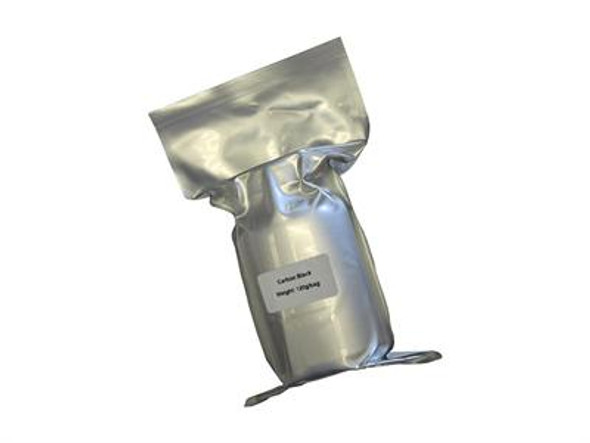
C-NERGY SUPER C45 Conductive Carbon Black (set: 80 g)
€36.001 set/36 €5 sets/143 €25 sets/668 € Please contact us for quotes on larger...NG08BE1401€36.00 -
PVDF Binder for Li-ion Battery Electrodes (set: 80g )
€95.001 set/95 €5 sets/450 € 25 sets/ 2035 € Please contact us for quotes on larger...NG08BE1101€95.00 -
Aluminum Foil for Battery Cathode Substrate, Size: 350 m*280 mm*15 µm
€263.001 piece/263 €5 pieces/1182 € 25 pieces/5313 € Please contact...NG08BE0601€263.00 -
Aluminum Laminated Film, Width: 400 mm, Length: 7.5 m
€295.001 set/295 €5 sets/1412 € 25 sets/6238 € Please contact...NG08BE0401€295.00 -
Nickel Tab with Adhesive Polymer Tape as Negative Terminal for Pouch Cell, Width: 4 mm
€55.00100 pcs/55 €250 pcs/112 € 500 pcs/210 € Please contact...NG08BE0301€55.00

